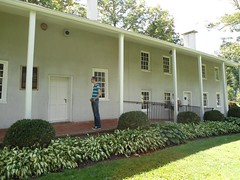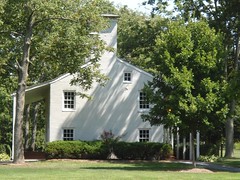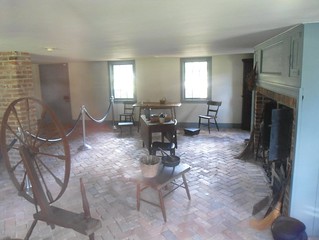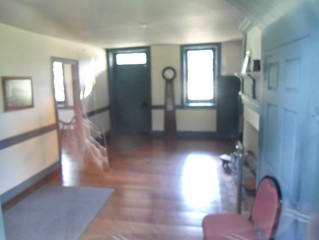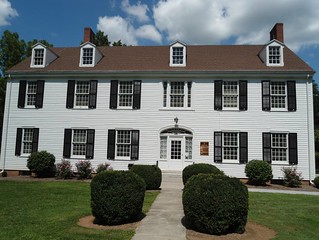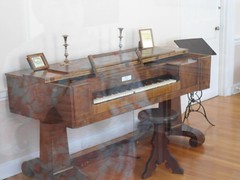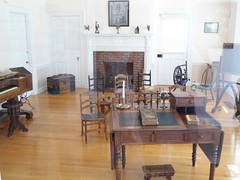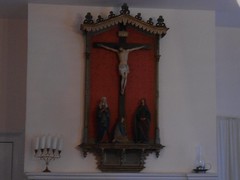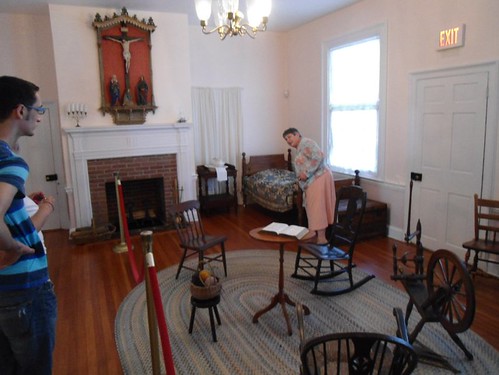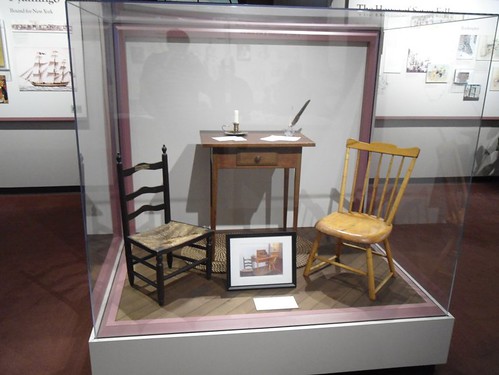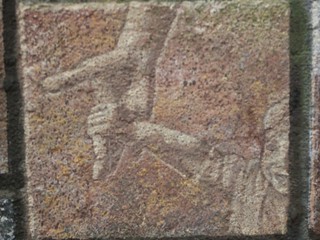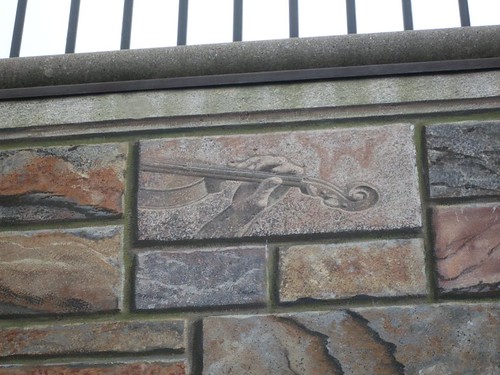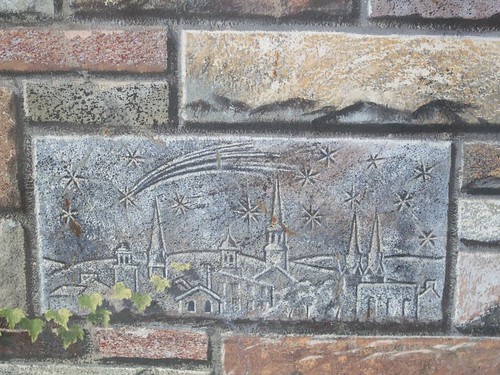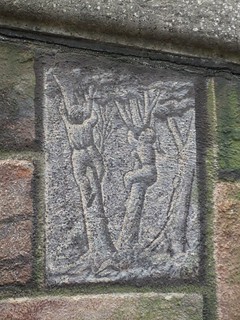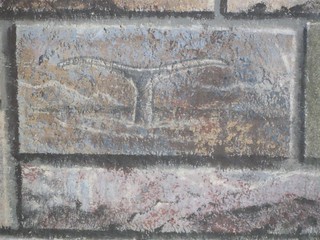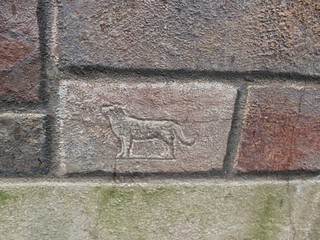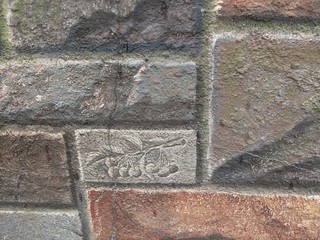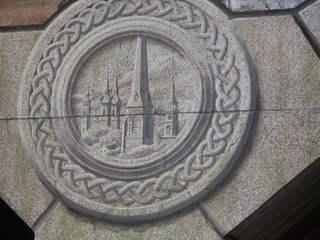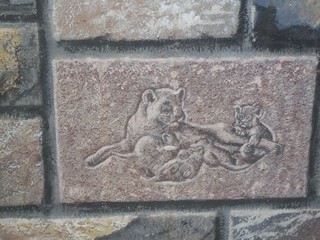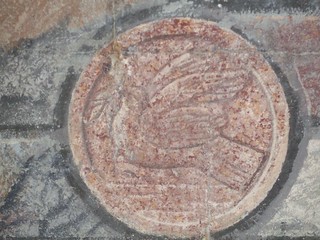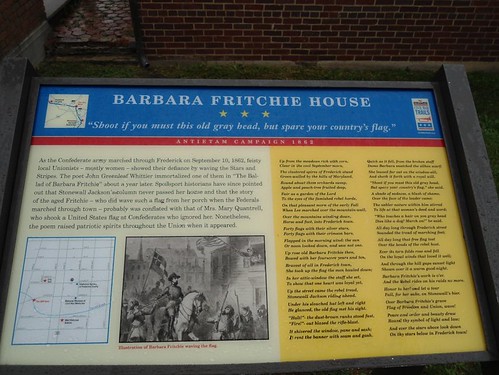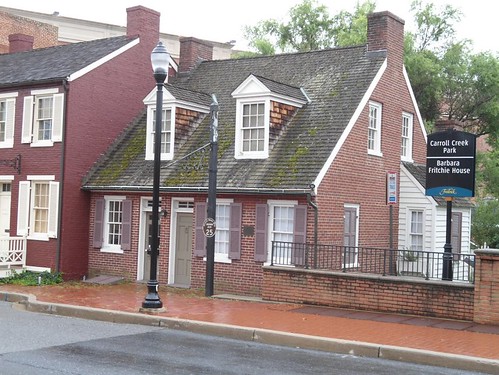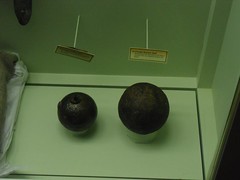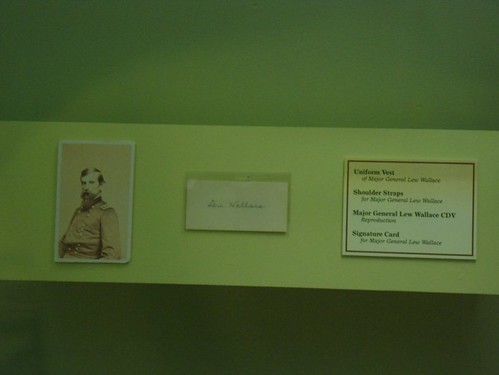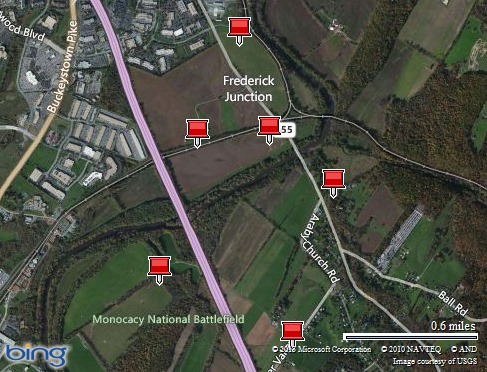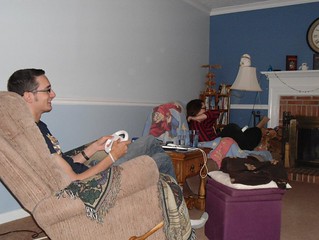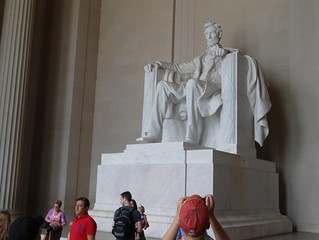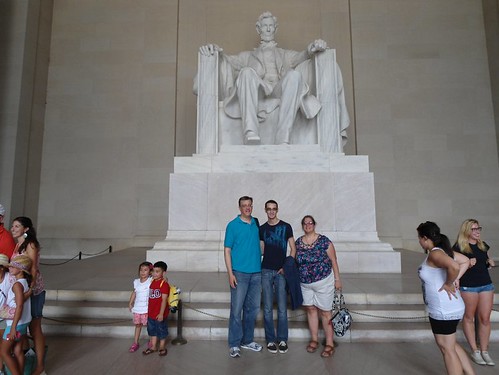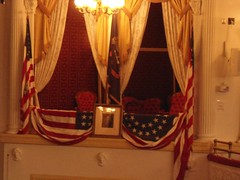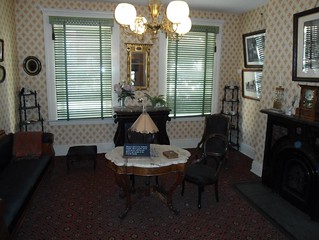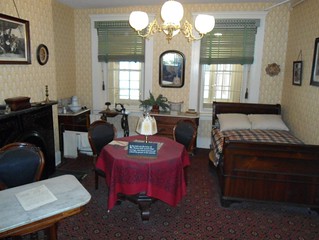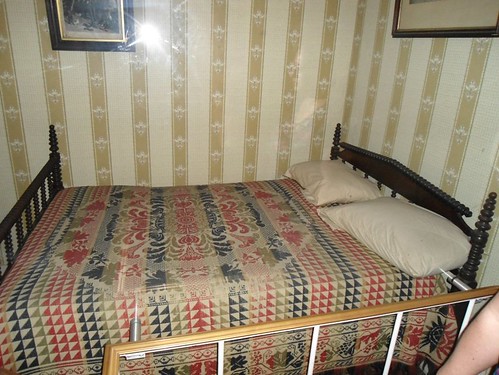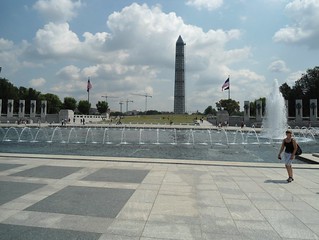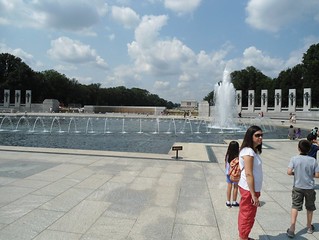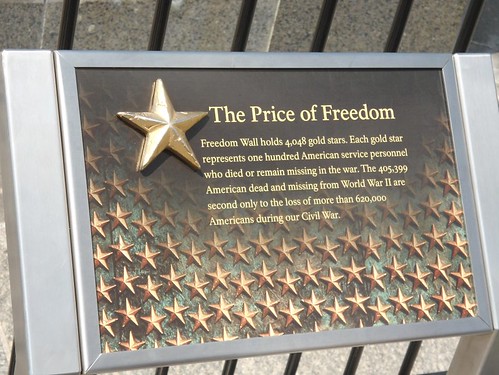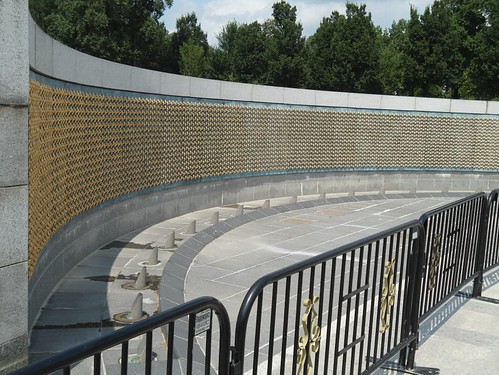We walked the grounds … what an amazingly beautiful day with tons of sunshine, but very little humidity! There are three key places to visit – places that figure prominently in the life of Mother Seton. The first one is the “stone house” which was the very first residence … a brief history of the building and the community is available via audio when you reach the house.
This was originally a small, one-story house. The building had some additions made through the years to accommodate the growing community.
We weren’t able to go inside the stone house – but we could learn about its history as well as look inside its windows. We can see that the original rooms were indeed quite small.
The next place was the “white house” (so named for rather obvious reasons), which served as the primary residence, chapel, and school for Mother Seton’s community.
For this we were greeted by a guide who walked us through the first floor rooms and gave use some wonderful insight into the life of Mother Seton and those who worked and served here.
The piano (left photo below) was in fact owned by Mother Seton as a young woman and she kept it her entire life. The rest of the room (right photo below) was set up much as a classroom much as it may have been during Mother Seton’s life.
Across the hall from this first room we came to the chapel (left photo below) where the community prayed and attended mass. There’s a small brass plaque on the very right-side of the communion rail where Mother Seton received Holy Communion. The crucifixion scene (right photo below) was a personal object owned by Mother Seton. It hangs over the fireplace of the room in which she died at age 46.
This is the room in which Mother Seton died. The room is adjacent to the chapel. The crucifixion scene above the mantle is indeed something Mother Seton owned … All the rest is replica or copies of furniture from that time.
